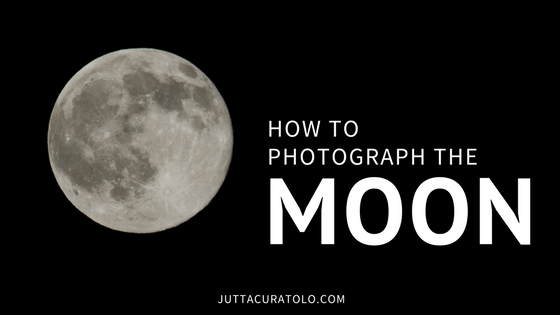Whether you want to photograph an eclipse or just want a beautiful image of the bright moon from your backyard, there are some steps to take to ensure the best quality photograph. Taking photos of stars or planets, which are hundreds of miles away, in the dark of the night is a challenging task. If you are planning on getting the perfect shot of a blood moon or supermoon, here are some tips to getting your camera set up properly.
Phone
Most people do not have a camera to take quality images of the moon. If there is a solar eclipse, it is recommended not to point your phone’s camera directly into the sun. Not only will the camera be able to focus on such extreme amounts of light but there could also be ultraviolet light seeping out during an eclipse.
Phones can get a photo of the moon but it does not do it justice. The size and details will be missing if you chose to photograph the moon from your iPhone.
Camera
Attempting to shoot the moon with an actual DSLR has a stronger chance of getting a quality image. You will need to photograph the moon in a complete manual setting where you can adjust the aperture. As well, you will need the appropriate camera and equipment to get that clear photo. The camera will need a lens with a focal length of 200mm to 300mm or higher. The lens must be on a DSLR. If you do not have a lens, you will need an optical zoom larger than 10x on a smaller camera.
The darker location you can find the better. The moon is much brighter than you think. Think of the brightness as ten times the brightness of a street lamp. As well, the human eye can decipher the details in light and dark areas simultaneously without any problem. Cameras, on the other hand, have issues finding those details in such bright light. You will find that the moon will be either completely dark
When you go to take the actual photo, face the direction that will be as flattering to the moon as possible. Try to capture as much detail on the moon’s surface as possible. A hard light from the side may cast ugly shadows on the moon that will accentuate the texture of the surface of the moon. The trick is finding the right location and the right angle where the light is. Attempting to photograph the moon without proper planning and adjusting, will only result in a poor image.

